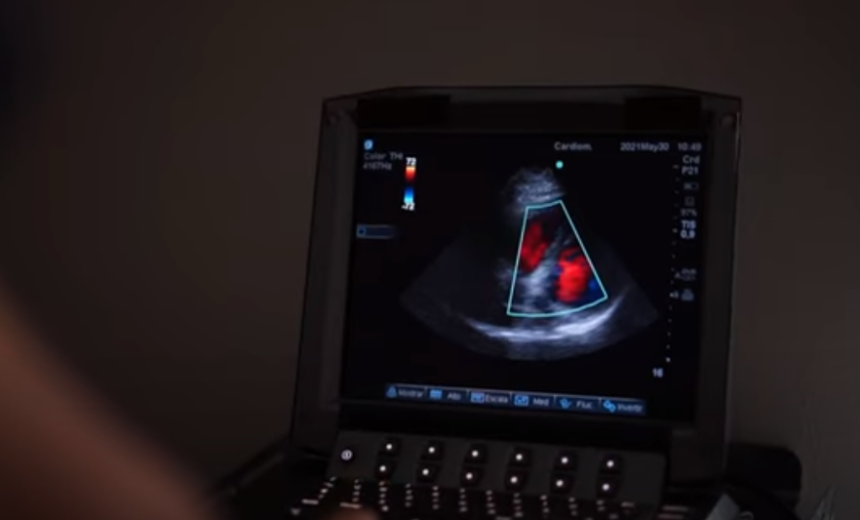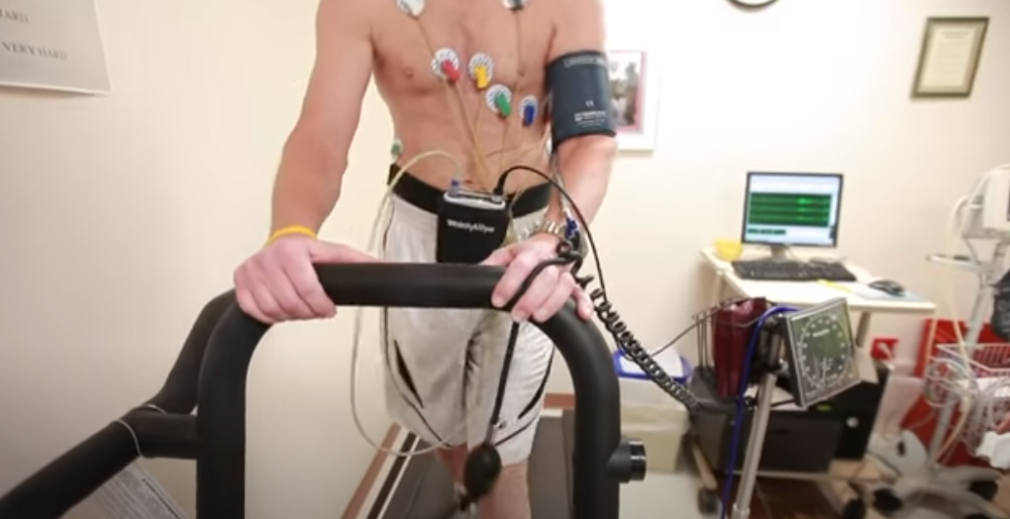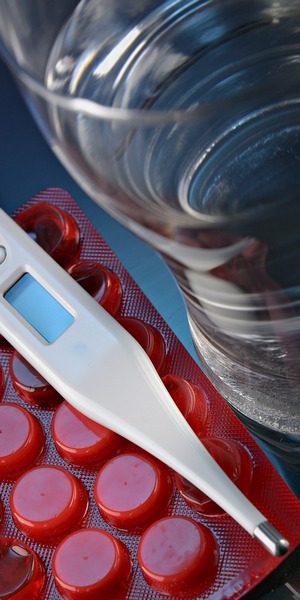Echocardiogram and Stress Test for Cardiovascular Assessment

In cardiovascular health, diagnostic tests play a vital role in assessing the function and condition of the heart. Two frequently prescribed tests are stress tests and echocardiograms. Although both tests provide valuable information about heart function, they serve different purposes and use different techniques. The purpose of this article is to uncover the differences between stress tests and echocardiograms, allowing you to better understand these essential methods of assessing the heart.
Echocardiogram: A Visual Insight into the Heart’s Structure and Function
An echocardiogram, often called an “echo,” uses ultrasound technology to produce real-time images of the heart. This noninvasive and painless test allows medical professionals to assess the structure of the heart, its movement, and blood flow, helping in the diagnosis and monitoring of various heart conditions.
During an echocardiogram, the specialist places a gel-like substance on the patient’s chest and runs the transducer over the skin, emitting sound waves that create images of the heart’s chambers, valves, and major blood vessels. These images provide crucial information about the size, shape, and function of the heart, helping doctors detect abnormalities such as defective heart valves, congenital heart defects, fluid accumulation around the heart, or weakened heart muscles.
In addition, an echocardiogram can assess the nature of blood flow in the heart, which helps identify conditions such as heart murmurs, blood clots, or complications from past heart attacks. By measuring the ejection fraction of the heart, which indicates the efficiency of pumping function, the echocardiogram helps determine the overall health and functionality of the heart.
Prescribing an Echocardiogram
When a doctor prescribes an echocardiogram, he or she recommends a diagnostic examination that uses ultrasound technology to take real-time images of the heart. There are several situations in which a doctor may prescribe an echocardiogram:
- Assessment of heart function;
- Diagnosis of heart disease;
- Monitoring heart health;
- Assessment of blood flow;
- Preoperative evaluation;
- Follow-up after treatment:
It is important to note that the decision to prescribe an echocardiogram is based on the clinician’s clinical judgment, taking into account the patient’s symptoms, medical history, and physical examination findings. An echocardiogram is a safe, non-invasive, and painless procedure that provides valuable information for the accurate diagnosis, monitoring, and treatment of heart disease.
Stress Test: Assessing the Heart’s Response to Physical Activity
The stress test, also known as the exercise test or treadmill test, assesses the heart’s response to exercise. The main purpose of this test is to assess the heart’s response to exercise, which helps professionals diagnose coronary heart disease, assess exercise tolerance and determine the effectiveness of certain heart treatments.

During a stress test, patients are usually asked to walk or run on a treadmill under the close supervision of medical professionals. The intensity of the exercise gradually increases, simulating the heart’s response to increasingly demanding activities. Various parameters, including heart rate, blood pressure, electrocardiogram readings, and patient symptoms are monitored simultaneously.
Electrocardiogram recordings obtained during a stress test can reveal abnormalities such as abnormal heart rhythms, decreased blood flow, or signs of ischemia (insufficient oxygen supply to the blood). In addition, blood pressure monitoring during exercise can provide valuable information about cardiac performance and the overall condition of the cardiovascular system.
Prescribing a Stress Test
When a doctor prescribes a stress test, he or she recommends a diagnostic test that evaluates the heart’s response to exercise and stress. Stress tests are usually prescribed in the following situations:
- Assessment of coronary artery disease (CAD);
- Assessment of exercise tolerance;
- Assessment of treatment effectiveness;
- Determination of a safe level of physical activity;
- Risk assessment;
- Assessment of symptoms.
During a stress test, the patient’s heart rate, blood pressure, and electrocardiogram readings are continuously monitored while exercising on a treadmill or stationary exercise bike. The test usually stops when the patient reaches the target heart rate or experiences symptoms such as chest pain or fatigue.
It is important to note that stress tests are not appropriate for everyone, and the decision to prescribe a stress test is based on individual patient factors and clinical evaluation. Stress tests are generally safe, but they may carry some risk for people with certain medical conditions. Therefore, the physician will carefully review the patient’s medical history and perform a risk-benefit analysis before recommending a stress test.
Key Differences: Stress Test vs. Echocardiogram
Although both stress tests and echocardiograms contribute to the assessment of cardiovascular health, they differ significantly in approach, purpose, and information provided:
- Purpose: A stress test evaluates the heart’s response to exercise and helps diagnose coronary artery disease. An echocardiogram, on the other hand, provides visual information about heart structure, movement, and blood flow, helping to identify various heart conditions;
- Methodology: The exercise test involves physical activity, often on a treadmill, while monitoring many parameters such as heart rate, blood pressure, and electrocardiogram readings. An echocardiogram uses ultrasound technology to create real-time images of the heart, allowing a comprehensive assessment of its structure and function;
- Diagnosis: The stress test is primarily used to detect coronary heart disease, assess exercise tolerance, and determine the effectiveness of cardiac treatment. An echocardiogram helps diagnose and monitor conditions such as heart valve defects, congenital heart defects, fluid accumulation, weakened heart muscles, and blood flow disorders.
A stress test primarily evaluates the heart’s response to exercise, assessing its ability to cope with increased exertion. An echocardiogram, on the other hand, focuses on imaging the anatomy and function of the heart, allowing physicians to detect structural abnormalities and assess the overall health of the heart.
Conclusion
Stress tests and echocardiograms are two valuable diagnostic tools used to assess heart health While stress tests assess the heart’s response to exercise, helping to diagnose coronary heart disease, echocardiograms provide a visual representation of heart structure, function, and blood flow patterns, helping to identify and monitor various heart conditions.
An echocardiogram is usually prescribed to assess the overall function of the heart. It provides detailed information about the structure of the heart, its movement, and blood flow patterns, allowing doctors to assess the efficiency of the pumping system, identify abnormalities of the heart’s chambers or valves and determine congenital heart defects.
Understanding the differences between these tests can help patients and healthcare providers better understand their purpose and importance in maintaining optimal cardiovascular health.







